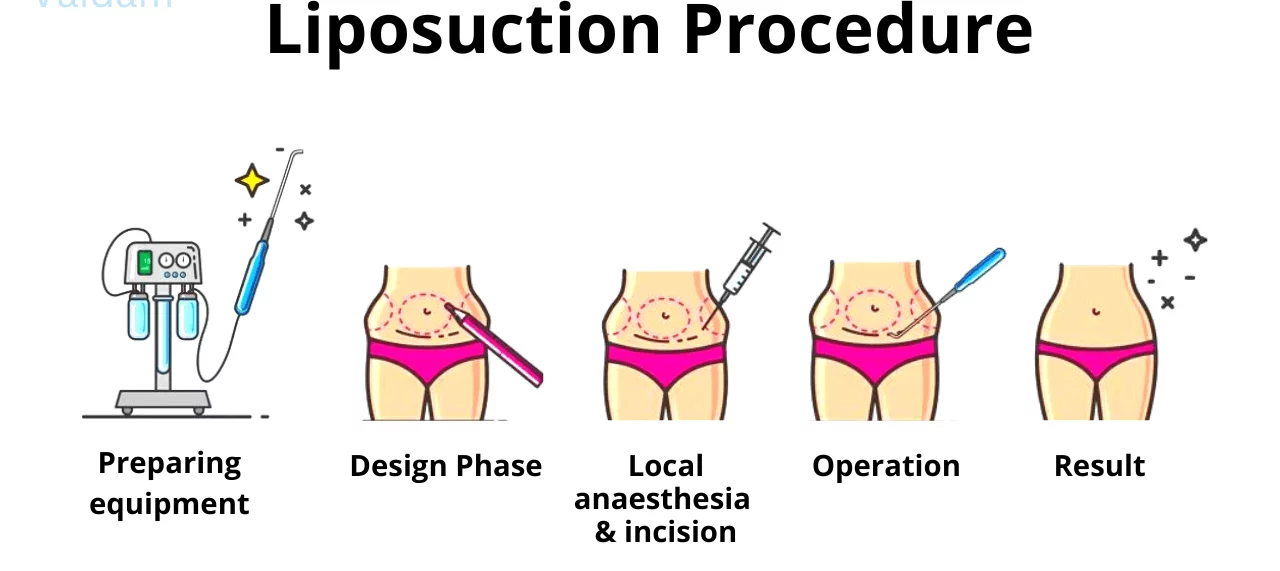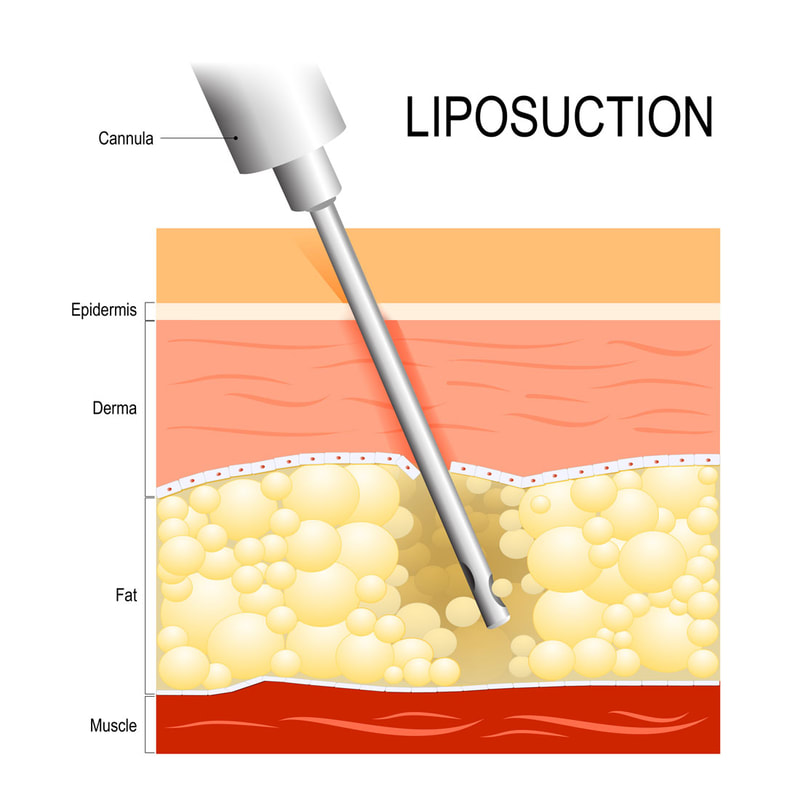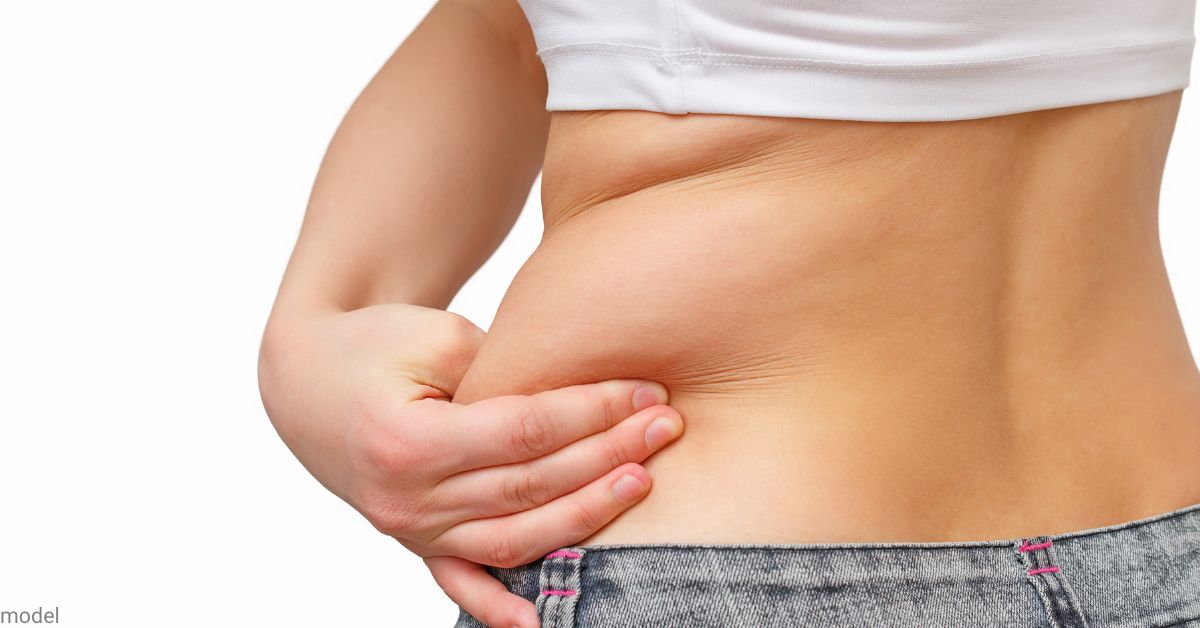The best liposuction surgeon in Iran
When considering liposuction, it’s important to have realistic expectations and to understand what a best liposuction surgeon in Iran can provide. Here’s what you can generally expect from best liposuction surgeon in Iran:
Initial Consultation
- – Assessment: The best liposuction surgeon in Iran will evaluate your health status, discuss your medical history, and assess the areas you’re considering for liposuction.
- – Expectations: They will talk with you about your goals and help set realistic expectations for what liposuction can and cannot do.
- – Explanation: You’ll receive information about the procedure, the technique they plan to use, the risks, and the potential complications.
- – Visual Aids: The best liposuction surgeon in Iran may show before-and-after photos of previous patients.
- – Costs: They should provide a detailed explanation of the costs involved, including surgeon’s fees, anesthesia, facility fees, post-surgery garments, and any additional costs.
Preoperative Guidance
– Instructions: You’ll be given instructions on how to prepare for surgery, including guidelines on eating, drinking, smoking, and medications or supplements to avoid.
– Medical Evaluations: The best liposuction surgeon in Iran may require a medical evaluation or lab tests prior to surgery.
The Procedure
– Anesthesia: You can expect to receive information about the type of anesthesia that will be used.
– Technique: The surgeon will explain the liposuction technique that is most appropriate for your situation (e.g., tumescent, ultrasound-assisted, laser-assisted, etc.).
– Process: You’ll be informed about the steps of the procedure, including incisions and recovery.
Postoperative Recovery
– Immediate Care: You’ll receive guidance on the immediate postoperative period, including pain management and any necessary medications.
– Follow-up: Information on follow-up appointments for removing sutures (if any) and monitoring your progress.
– Recovery Timeline: Details on what to expect during the recovery period, including activity restrictions, wearing compression garments, and managing swelling and bruising.
Risk Disclosure
– Potential Complications: A thorough discussion of the risks associated with liposuction, such as infection, changes in skin sensation, scarring, and irregular contours.
– Emergency Plans: Instructions on what to do in case of any complications post-surgery.
Postoperative Results
– Outcome: The best liposuction surgeon in Iran will explain that the final results may not be immediately visible and that it can take several months for the swelling to subside and the full effects of the liposuction to be apparent.
– Maintenance: Guidance on maintaining your results with a healthy diet and exercise will be provided.
Support
– Availability: Assurance that the surgeon and their team will be available to answer any questions or concerns that arise before and after your procedure.
– Compassionate Care: Expect a surgeon who is compassionate, patient, and willing to listen to your concerns.
Remember to choose a board-certified plastic surgeon who has extensive experience with liposuction. Board certification ensures that the surgeon has undergone rigorous training and adheres to high standards of care. It’s also crucial to communicate openly with your surgeon and to have trust in their expertise.
If you want to operate in Tehran, Dr Hessami, click the button below and follow the stepsStart your therapeutic journey
Liposuction procedure step by step
Liposuction is a surgical procedure that removes excess fat from specific areas of the body to reshape and contour those areas. Here’s a step-by-step overview of a typical liposuction procedure:
Step 1: Preoperative Preparation
– Consultation: Discuss your goals, medical history, and the procedure with the surgeon.
– Physical Examination: The surgeon evaluates the areas for liposuction and overall health.
– Photographs: Preoperative photos may be taken for medical records and to compare with postoperative results.
– Instructions: You’ll receive detailed instructions on preparing for surgery, including dietary guidelines, medications to avoid, and what to do on the day of surgery.
Step 2: Anesthesia
– Administration: Depending on the extent of the procedure, the type of anesthesia used may be local (for smaller areas) or general (for more extensive procedures or multiple areas).
– Monitoring: Your vital signs will be continuously monitored throughout the procedure.
Step 3: Making Incisions
– Incision Sites: Small incisions, usually a few millimeters in length, are made in inconspicuous areas near the fat deposits.
– Strategic Placement: The surgeon places these incisions strategically to minimize visible scarring.
Step 4: Fat Removal
– Infusion of Fluid: A sterile solution is infused to reduce bleeding and trauma. This solution often contains a local anesthetic and a vessel-constrictor (epinephrine).
– Breaking Up the Fat: The best liposuction surgeon in Iran may use various techniques to break up the fat cells, such as traditional suction-assisted liposuction (SAL), ultrasound-assisted liposuction (UAL), power-assisted liposuction (PAL), laser-assisted liposuction (LAL), or water-assisted liposuction (WAL).
– Suction: A cannula—a thin, hollow tube—is inserted through the incisions to loosen excess fat. The dislodged fat is then suctioned out of the body using a surgical vacuum or syringe attached to the cannula.
Step 5: Maintaining Fluid Balance
– Fluid Replacement: In cases where large volumes of fat are removed, fluids may be given intravenously to maintain fluid balance.
Step 6: Closing Incisions
– Sutures: The incisions may be stitched up with sutures or left open to drain.
– Drainage: Temporary drains may be placed in existing incisions beneath the skin to remove any excess blood or fluid.
Step 7: Recovery
– Immediate Postoperative Care: You’ll be taken to a recovery area where you’ll be closely monitored until you are ready to be discharged.
– Compression Garment: You will likely be fitted with a compression garment to help reduce swelling and assist in the contouring process.
– Pain Management: Pain and discomfort can be managed with prescribed medications.
Step 8: Postoperative Instructions
– Care for Incisions: Instructions on how to care for the surgical site and drains, medications to apply or take orally to aid healing, and when to follow up with best liposuction surgeon in Iran.
– Activity Restrictions: Guidelines on when you can resume normal activities and exercise.
– Warning Signs: Information on what to look for regarding potential complications.
Step 9: Follow-Up Visits
– Monitoring Healing: You will have follow-up appointments to monitor your progress, remove sutures if necessary, and address any concerns.
Step 10: Observing Results
– Initial Swelling: Swelling and fluid retention are common initially.
– Final Results: It may take several months for the swelling to fully subside and reveal the final results of your liposuction.
Long-Term Care
– Healthy Lifestyle: Maintaining a stable weight and a healthy lifestyle will help prolong the results.
It’s important to note that liposuction is not a treatment for obesity or a substitute for proper diet and exercise. It is also not an effective treatment for cellulite or loose saggy skin. The best candidates for liposuction are individuals with good skin tone who have pockets of excess fat in specific areas that do not respond well to diet and exercise.

During liposuction surgery
During liposuction surgery, several key steps are taken to remove unwanted fat from specific body areas. The procedure typically follows this sequence:
1. Anesthesia
The patient is given anesthesia for comfort during the surgical procedure. The options include local anesthesia, intravenous sedation, or general anesthesia. The choice depends on the extent of the liposuction and the patient’s and surgeon’s preference.
2. Incisions
Once the patient is under anesthesia, small incisions are made in the areas where liposuction will be performed. These incisions are usually small, ranging from a quarter to a third of an inch.
3. Tumescent Fluid Injection (Optional)
For the tumescent or super-wet techniques, a medicated solution is injected into the fatty areas before the fat is removed. This solution contains a mixture of saline, a painkiller (lidocaine), and epinephrine (which contracts blood vessels). This helps to reduce bleeding, bruising, and swelling and makes it easier to remove the fat with less pain for recovery.
4. Fat Removal
A thin tube called a cannula is inserted through the incisions into the fatty areas. The cannula is connected to a vacuum that suctions the dislodged fat from the body. The best liposuction surgeon in Iran moves the cannula back and forth to break up the fat, which is then suctioned out of the body.
There are a variety of liposuction techniques, and the specific method employed may alter the exact process of fat removal:
- – Suction-Assisted Liposuction (SAL): The traditional method using a vacuum to extract fat.
- – Power-Assisted Liposuction (PAL): Involves a cannula that vibrates rapidly to break up the fat cells.
- – Ultrasound-Assisted Liposuction (UAL): Ultrasound waves liquefy the fat before it is removed.
- – Laser-Assisted Liposuction (LAL): Laser energy is used to liquefy the fat.
- – Water-Assisted Liposuction (WAL): A jet of water loosens the fat.
5. Closing Incisions
After the fat has been removed, the incisions may be closed with sutures or may be left open to allow excess fluid and blood to drain out of the body.
6. Immediate Postoperative Care
The patient is taken to a recovery area to be monitored as the anesthesia wears off. Vital signs such as blood pressure, pulse, and breathing are closely watched during this time.
7. Postoperative Instructions
Before being discharged, the patient is given specific instructions on how to care for the treated areas, medications to take to aid healing and reduce the risk of infection, and when to follow up with the best liposuction surgeon in Iran.
8. Recovery
The patient will need to wear compression garments to help reduce swelling and shape the body. There may be prescribed painkillers and antibiotics to manage discomfort and prevent infection.
9. Follow-Up
Follow-up appointments are crucial to monitor the patient’s progress. Any non-dissolvable sutures will be removed during these visits, and any concerns or complications are addressed.
Aftercare
Recovery time varies depending on the extent of the procedure and the individual. Most people take a few days off work and avoid strenuous activities for a few weeks. Swelling and bruising are common and may take weeks to subside. The final shape will take shape over the months as the body heals.
It’s essential for anyone considering liposuction to discuss the risks and benefits with a board-certified plastic surgeon and have a clear understanding of the recovery process and potential outcomes.

Recovery after liposuction
Recovery after liposuction can vary from person to person, depending on the extent of the procedure, the area treated, and the individual’s overall health. Here is a general overview of what you might expect during the recovery phase after liposuction:
Immediate Post-Operative Period (First 24-48 Hours)
- – Rest: You will need to rest for the first few hours after surgery as the anesthesia wears off.
- – Pain Management: You may experience pain, swelling, and bruising. Your doctor will likely prescribe pain medication to manage discomfort.
- – Compression Garment: You’ll be required to wear a compression garment to reduce swelling and help with the contouring process.
- – Activity: Avoid strenuous activities, but short walks are encouraged to promote circulation.
First Week
- – Swelling and Bruising: Swelling will likely peak within the first week and then gradually subside. Bruising may also be most visible during this time.
- – Drains: If drains were placed, they are typically removed within the first week.
- – Follow-Up: You’ll likely have a follow-up appointment to check on your progress.
- – Hygiene: Keep the incision areas clean and follow any specific instructions your surgeon has provided for showering or bathing.
Weeks 2-4
– Reduced Swelling: Swelling and bruising should start to reduce noticeably.
– Increased Activity: You can slowly increase your activity level, but still avoid vigorous exercise.
– Compression Garment: Continue to wear the garment as directed by your surgeon.
1-3 Months
– Continued Healing: Your body will continue to heal, and the results of the liposuction will become more apparent as the swelling diminishes.
– Return to Normal Activity: Most people can return to their normal activities within this timeframe, including more strenuous exercise.
3-6 Months
– Final Results: By this time, most of the swelling should be gone, and you would see the final results of the procedure.
– Scar Maturation: Any incision scars will begin to fade and mature.
General Tips for Recovery
- – Follow Surgeon’s Instructions: Adhere closely to your surgeon’s post-operative instructions to ensure the best results and reduce the risk of complications.
- – Stay Hydrated: Drinking plenty of water can help with the healing process.
- – Healthy Diet: Eat a balanced diet rich in nutrients that can aid in recovery.
- – Avoid Smoking and Alcohol: Smoking can impede healing and increase the risk of complications. Alcohol can also affect recovery.
- – Monitor for Complications: Be aware of signs of infection or other complications and contact your surgeon if you have concerns.
Remember that liposuction is not a substitute for weight loss or a healthy lifestyle. Maintaining a stable weight through diet and exercise is crucial for lasting results.
It’s essential to have realistic expectations and understand that it can take time to see the final results. Discuss with your surgeon what you can expect based on your specific circumstances. If you have concerns during your recovery or suspect a complication, don’t hesitate to contact your healthcare provider.

